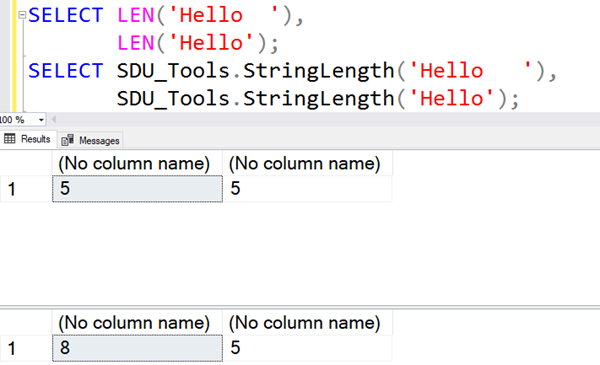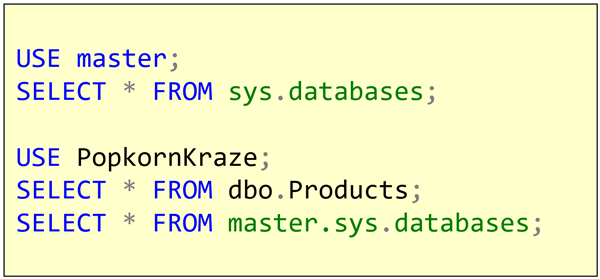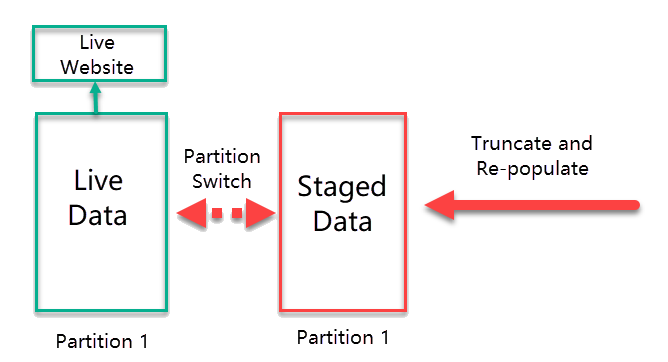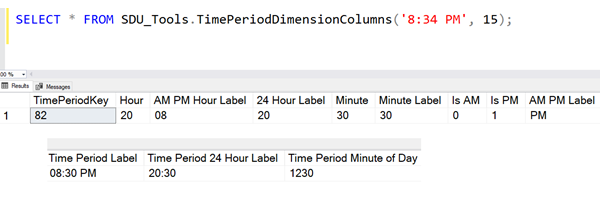
Book Review: Power BI MVP Book
Over the last few months, one of my Kiwi buddies (and fellow member of both the MVP and Microsoft Regional Director programs) Reza Rad has been organizing a bunch of us to write a book that’s a collection of ideas from a number of MVPs. It’s the Power BI MVP Book.
There are a whole lot of authors from a whole lot of different countries: Reza Rad, Anil Maharjan, Indira Bandari, Liam Bastick, Ken Puls, Jesus Gil, Thomas LeBlanc, Ike Ellis, Matt Allington, Leila Etaati, Markus Ehrenmüller, Ashraf Ghonaim, Eduardo Castro, Manohar Punna, Treb Gatte, Gilbert Quevauvilliers, Michael Johnson, Shree Khanal, Asgeir Gunnarsson, Greg Low, Gogula Aryalingam.
2019-08-16










